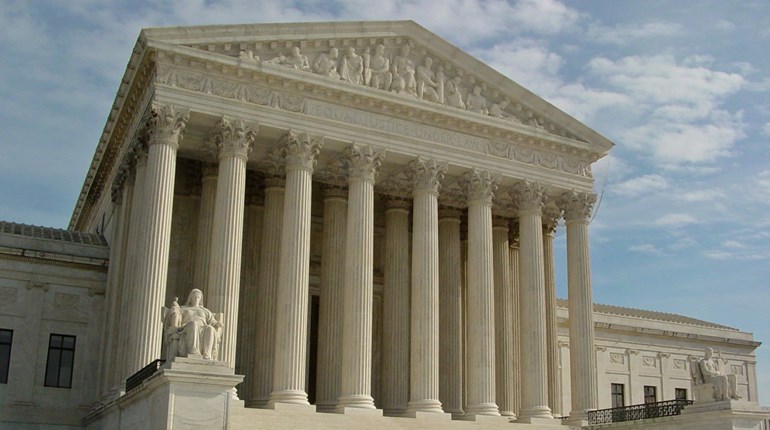
1. The Court Rejected “Tiered Scrutiny” for the Second Amendment
In many Second Amendment cases, including post-D.C. v. Heller (2008), lower courts have opted to use a two-step “intermediate scrutiny” method; this has allowed courts to “balance away” Second Amendment rights, as the courts can then determine that the state has an interest in “public safety” that overrides the individual right. These courts naturally neglect to look at what actually makes people safer, but just take, for example, the government of California at its word.
But now judges who side with Second Amendment infringements no longer have this out.
“Despite the popularity of this two-step approach, it is one step too many” wrote Justice Clarence Thomas in Bruen before elaborating: “Step one of the predominant framework is broadly consistent with Heller, which demands a test rooted in the Second Amendment’s text, as informed by history. But Heller and McDonald do not support applying means-end scrutiny in the Second Amendment context. Instead, the government must affirmatively prove that its firearms regulation is part of the historical tradition that delimits the outer bounds of the right to keep and bear arms.”
Then, after a review of the history in question, Justice Thomas wrote, “In sum, the Courts of Appeals’ second step is inconsistent with Heller’s historical approach and its rejection of means-end scrutiny. We reiterate that the standard for applying the Second Amendment is as follows: When the Second Amendment’s plain text covers an individual’s conduct, the Constitution presumptively protects that conduct. The government must then justify its regulation by demonstrating that it is consistent with the Nation’s historical tradition of firearm regulation. Only then may a court conclude that the individual’s conduct falls outside the Second Amendment’s ‘unqualified command.’”
This is a big legal pivot point that should redirect lower courts toward American freedom.
2. We Have a Republic, If We Can Keep It
As the story goes, Benjamin Franklin was walking out of Independence Hall after the Constitutional Convention in 1787, when someone shouted, “Doctor, what have we got? A republic or a monarchy?” Franklin responded, “A republic, if you can keep it.”
Bruen has shifted us a step toward keeping the republic, as this decision did away with “good-cause” requirements that empower government bureaucrats to use any rationale they could think up to deny anyone they want this constitutional right. But, at press time, the states that had “may-issue” regimes before Bruen were flailing as they searched for ways to continue to infringe on citizens’ ability to carry this right outside their homes.
Those legislative and court battles will likely continue for some time as some legislators in states such as California, Hawaii, Maryland, Massachusetts, New Jersey and New York attempt to use over-broad “sensitive place” restrictions, fees, training mandates, waiting periods and more to continue to infringe upon this right.


































